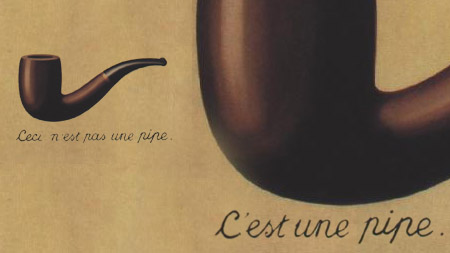7 May was the 50th anniversary of C. P. Snow‘s famous lecture The Two Cultures. Snow, a novelist who had studied science and held technology related government positions, decried the cultural rift between scientists and literary intellectuals. Snow’s argument, and his sociopolitical agenda, were complex (read the published version if you want the sense of it; educational reform was the biggie), but, especially post-“Science Wars”, the idea of two cultures resonates beyond its original context. The current version of the Wikipedia article says:
The term two cultures has entered the general lexicon as a shorthand for differences between two attitudes. These are
- The increasingly constructivist world view suffusing the humanities, in which the scientific method is seen as embedded within language and culture; and
- The scientific viewpoint, in which the observer can still objectively make unbiased and non-culturally embedded observations about nature.
That’s a distinctly 1990s and 2000s perspective.
Snow’s original idea bears only scant resemblance to the scientism vs. constructivism meaning. As he explained, literary intellectuals (not entirely the same thing as humanities scholars) didn’t understand basic science or the technology-based socioeconomic foundations of modern life, and they didn’t care to. Novelists, poets and playwrights, he complained, didn’t know the second law of thermodynamics or what a machine-tool was, and the few that did certainly couldn’t expect their readers to know.
Humanistic studies of science (constructivist worldview and all) would have undermined Snow’s argument, but humanists were only just beginning to turn to science as a subject for analysis. (Kuhn’s Structure of Scientific Revolutions was not until 1962. Structure did mark the acceleration of sociological and humanistic studies of science, but was actually taken up more enthusiastically by scientists than humanists. Widespread constructivism in the humanities only became common by the 1980s, I’d guess, and the main thrust of constructivism, when described without jargon, is actually broadly consistent with the way most scientists today understand the nature of science. It’s not nearly so radical as the popular caricature presented in Higher Superstition and similar polemics.) Rather than humanists understanding the scientific method or scientists viewing their work through a sociological or anthropological lens, Snow’s main complaint was that scientific progress had left the slow-changing world of literature and its Luddite inhabitants behind (and hence, scientists found little use for modern literature).
Snow wrote that “naturally [scientists] had the future in their bones.” That was the core of the scientific culture, and the great failing of literary culture.
Looking back from 2009, I think history–and the point in it when Snow was making his argument–seems very different than it did to Snow. Who, besides scientists, had the future in their bones in 1959? In the 1950s academic world, literature was the pinnacle of ivory tower high culture. Not film, not television, certainly not paraliterary genres like science fiction or comic books. History of science was a minor field that had closer connections to science than to mainstream history.
Today, in addition to scientists, a whole range of others are seen as having “the future in their bones”: purveyors of speculative fiction in every medium; web entrepreneurs and social media gurus; geeks of all sorts; venture capitalists; kids who increasingly demand a role in constructing their (our) own cultural world. The modern humanities are turning their attention to these groups and their historical predecessors. As Shakespeare (we are now quick to note) was the popular entertainment of his day, we now look beyond traditional “literary fiction” to find the important cultural works of more recent decades. And in the popular culture of 1950s through to today, we can see, perhaps, that science was already seeping out much further from the social world of scientsts themselves than Snow and other promoters of the two cultures thesis could recognize–blinded, as they were, by the strict focus on what passed for high literature.
Science permeated much of anglophone culture, but rather than spreading from high culture outward (as Snow hoped it might), it first took hold in culturally marginal niches and only gradually filtered to insulated spheres of high culture. Science fiction historians point to the 1950s as the height of the so-called “Golden Age of [hard] Science Fiction”, and SF authors could count on their audience to understand basic science. Modern geek culture–and its significance across modern entertainment–we now recognize, draws in part from the hacker culture of 1960s computer research. Feminists and the development of the pill; environmentalists; the list of possible examples of science-related futuremaking goes on and on, but Snow had us looking in the wrong places.
Certainly, cultural gaps remain between the sciences and the humanities (although, in terms of scholarly literature, there is a remarkable degree of overlap and interchange, forming one big network with a number of fuzzy division). But C. P. Snow’s The Two Cultures seems less and less relevant for modern society; looking back, it even seems less relevant to its original context.
 And finally, I won an eBay auction on a trio of 1929
And finally, I won an eBay auction on a trio of 1929 

